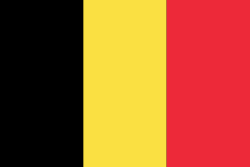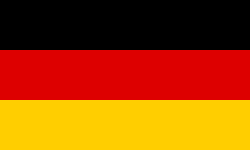Huile Essentielle Thym à Thymol (vulgaire)
Nom botanique: Thymus vulgaris

Chémotype et indications
Carte d'identité
Nom français: Thym vulgaire à Thymol
Nom botanique: Thymus vulgaris ou Thymoliferum
Partie distillée: Sommité fleurie
Famille botanique: Lamiacées
Origine: Espagne
Composition chimique
- Monoterpènes: (38 %): Alpha Pinène, Gamma Terpinène, Myrcène, P Cymène
- Monoterpénols: Linalol (2 %)
- Phénols: Carvacol, Thymol (45 %)
Propriétés physiques et indications thérapeutiques
- Anti-infectieux à large spectre*
- Antiseptique
- Bactéricide
- Fongicide
- Immunostimulant*
- Virucide
Propriétés émotionnelles, psychiques et indications thérapeutiques
- Anxiolytique
Informations complémentaires
Danger :
HE toxique à dose élevées
Dermocaustique
Usage externe seul et sur de courtes durées
Interdit aux femmes enceintes, bébés et enfants
*Plante Sacrée
Légende: * puissant,** très puissant;*** extrêmement puissant (valeur de puissance pour la pathologie associée)
Référence et source bibliographique: Lily BAYER et Dr Hervé STAUB, (2013) "Traité approfondi de Phyto et Aromathérapie", Ed. Grancher. p. 667
LES INDICATIONS EN AROMATHERAPIE ET L'USAGE DES HUILES ESSENTIELLES NE CONSTITUENT PAS UN DIAGNOSTIC MEDICAL ET NE REMPLACENT PAS L'AVIS D'UN MEDECIN NI LES TRAITEMENTS MEDICAUX !



%20%E2%80%8B?unique=1ed838d)